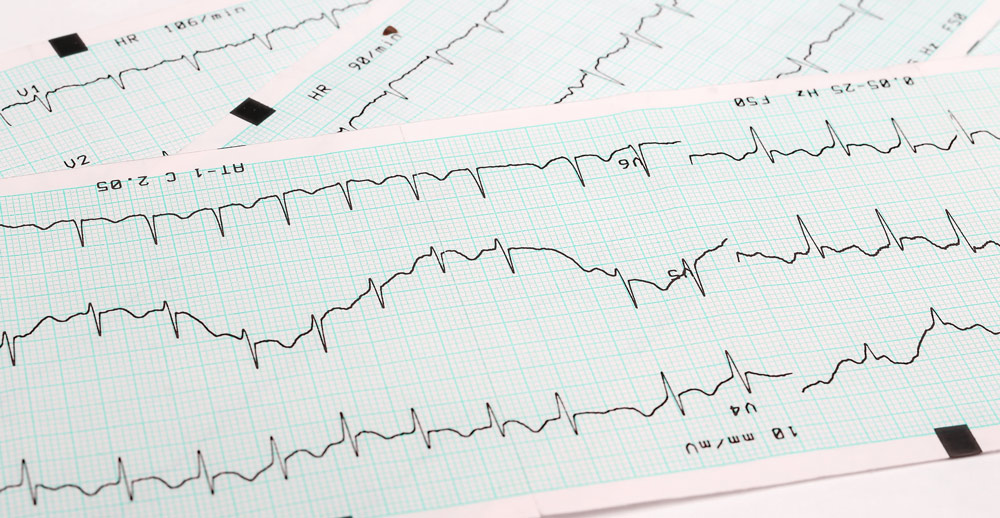Cardiovascular

What are cardiovascular diseases?
Cardiovascular diseases refer to conditions that affect the heart, arteries, and veins. These diseases involve a range of alterations that lead to the deterioration of these structures, such as:
Inflammation of the arterial walls
Alterations in cardiac structure and rhythm
Enlargement of the heart’s chambers
Valvular abnormalities, among others.

Most frequent cardiovascular conditions we can intervene in:
Arterial hypertension
Arteriosclerosis
Heart failure, coronary insufficiency, cardiomegaly.
Rhythm disturbances (arrhythmias)
Prevention of cardiac disorders in elderly people
Thromboembolic processes, including COVID19 and post-COVID19 complications
What is the cause?
Cardiovascular disease develops due to an imbalance in the interactive programs at both the genetic and epigenetic levels.
Epigenetics refers to changes that activate or deactivate genes without altering the DNA sequence itself. For example, factors like smoking, diet, physical activity, and aging can influence DNA expression.
What is our objective?
Our goal is to regulate this altered gene expression so that the cells in our cardiovascular system can function properly again. We aim to reprogram the epigenome, all without manipulating the genes themselves.
How can we help?
The first step is to make an accurate diagnosis through a detailed interview, physical examination, and precise diagnostic techniques such as protein profile, lymphocyte typing, serology, and others.
Once we have all the necessary data, we can support cellular autoregulation using various strategies, including Bioimmunogenetics (Bi(G)MED), nutrition and micronutrition, as well as any other complementary treatments tailored to the specific case.

We can assist in managing hypertension, arrhythmias, and heart failure. Additionally, we focus on preventing cardiovascular issues in the elderly and reducing thromboembolic risks in post-COVID syndromes, among other conditions.
Particularities
Inflammation plays a significant role in arteriosclerosis. When there is damage to the walls of an artery (for example, from oxidized fats, hypertension, etc.), inflammation occurs, attracting fats to the affected areas. This leads to the formation of atherosclerotic plaques, which can result in complications such as myocardial infarction or vascular accidents.
Therefore, one of our key treatment objectives is to eliminate inflammation and the underlying mechanisms that contribute to it.


